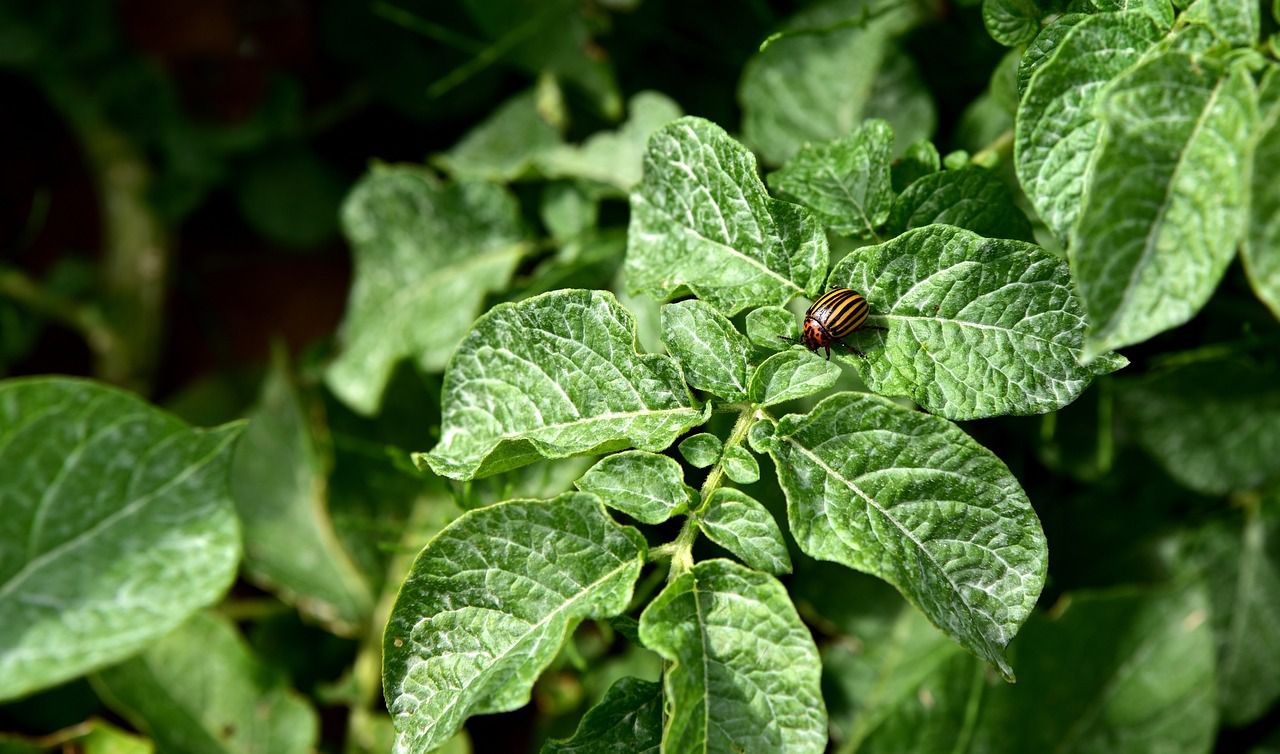Over the past 50 years, several significant changes have occurred in the way potatoes are grown due to advancements in agricultural practices, technology, and environmental awareness.
These changes have aimed to improve yield, sustainability, and efficiency in potato cultivation.
Here are some key changes.

Varietal Development
The development of new potato varieties through breeding and genetic research has led to improved disease resistance, higher yields, better taste, and increased nutritional value.
Precision Agriculture
Modern farming techniques employ precision agriculture methods, which involve using technologies like GPS, sensors, and drones to optimize planting, irrigation, fertilization, and pest management.
This has led to more efficient use of resources and reduced environmental impact.
Mechanization
The use of advanced machinery for planting, harvesting, and other cultivation tasks has increased efficiency and reduced the need for manual labor.
This has also led to reduced production costs.
Irrigation Management
Water management has become more precise with the use of automated irrigation systems and soil moisture sensors.
This helps optimize water usage and minimize waste.
Climate Adaptation
With changing climate conditions, farmers have adapted their planting schedules, crop varieties, and management practices to mitigate the impacts of temperature changes, water availability, and weather extremes.
Post-Harvest Technology
Advances in storage technologies, such as controlled atmosphere storage and improved packaging, have extended the shelf life of potatoes and reduced post-harvest losses.













